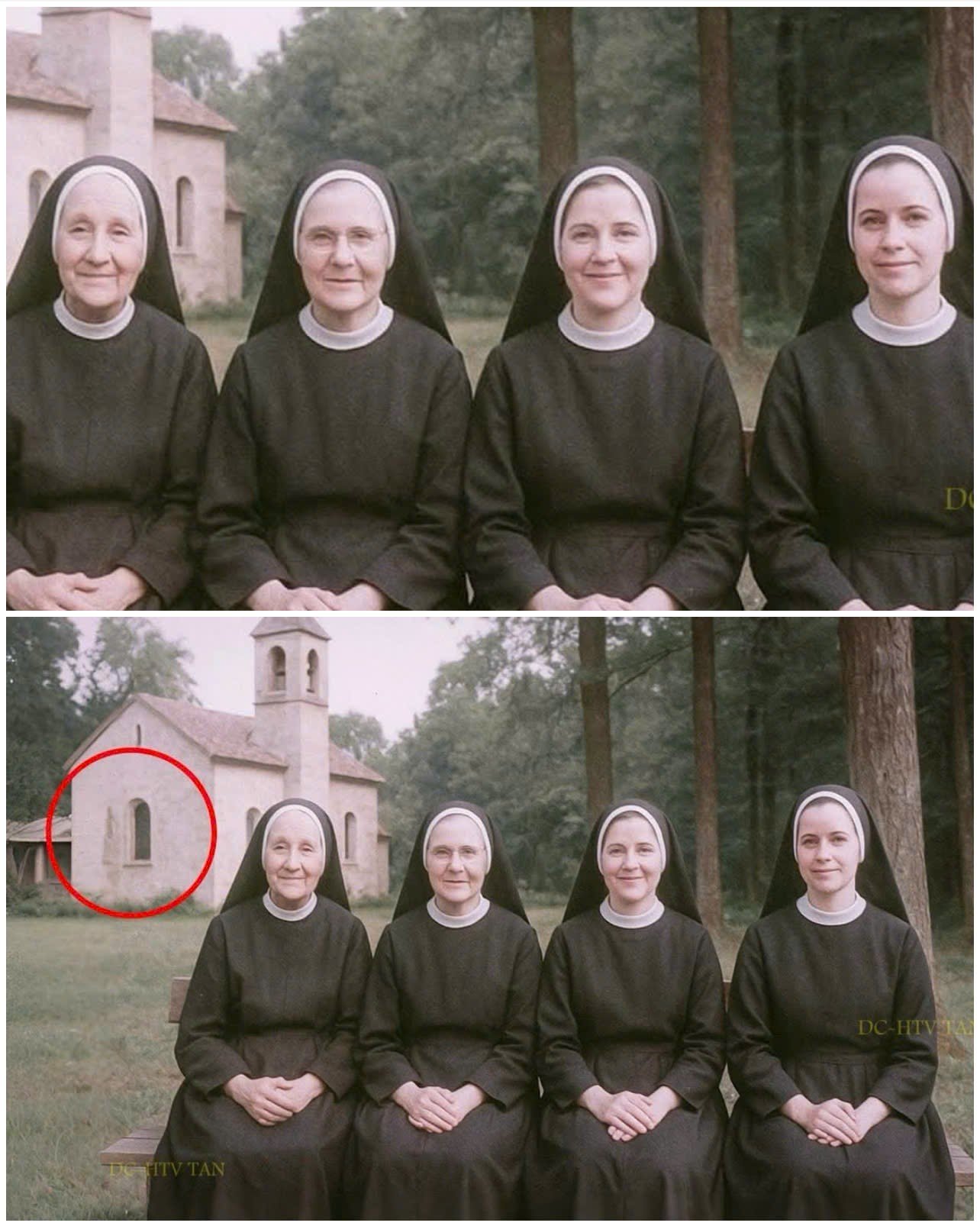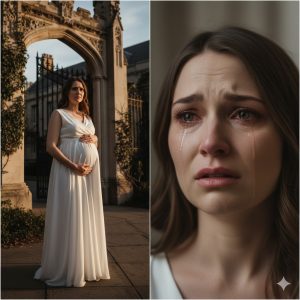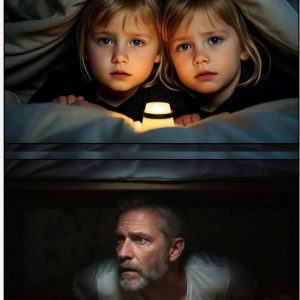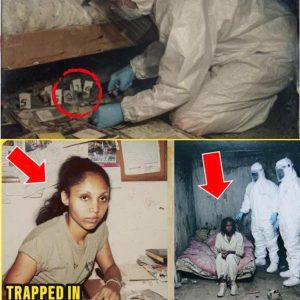In 1980, four village nuns from Northern California mysteriously vanished without a trace, leaving their close-knit community hollow with grief and uneasy speculation. But 28 years later, the priest makes a shocking discovery, uncovering the horrifying truth about what really happened to them. The morning sunlight filtered through the stained glass windows of St.
Agnes of Mercy Catholic Church, casting a kaleidoscope of colors across the polished wooden pews. Father Elias Maro stood at the altar, his voice solemn yet steady as he concluded the memorial prayer service. “May the souls of the departed through the mercy of God rest in peace,” he inoned, making the sign of the cross before him. “Amen,” the congregation responded in unison.
Father Elias looked out at the assembled faces, many elderly, some middle-aged, and a few younger parishioners. All had gathered on this somber day to remember the four nuns who had vanished without a trace exactly 28 years ago. The mystery had haunted the small town of Elden Hollow, North California, for nearly three decades now.
As the service ended, Father Elias moved to the church entrance, greeting each member of the congregation as they filed out. Many offered condolences, though after 28 years, the words had taken on a ritualistic quality rather than carrying the raw emotion of fresh grief. “Thank you for coming, Mrs. Harmon,” Father Elias said, clasping the elderly woman’s wrinkled hands in his own.
“Your presence means a great deal. I always come, father,” she replied, her eyes glistening with unshed tears. “I can still remember Sister Mildred teaching my children their catechism, such a gentle soul.” Father Elias nodded, feeling the familiar pang of sorrow. Sister Mildred Hayes had been 68 when she disappeared, a lifetime of service to God, cut short by whatever tragedy had befallen her and the other three nuns.

One by one, the parishioners departed, each carrying a different memory of the missing women. Sister Mildred Hayes, 68, Sister Joan Keller, 65, Sister Beatatrice Namora, 28, and the youngest, Sister Terz Maro, 23. For Father Elias, the wound ran deepest. Sister Terz had been his biological sister, and her disappearance had shaken his faith to its core. When the last of the congregation had left, Father Elias slowly made his way back through the now empty church…
When the heavy oak doors thudded shut behind the final parishioner, silence reclaimed the sanctuary — a silence so complete it seemed to hum in his ears.
Father Elias stood motionless at the center aisle for a long moment, his gaze lifting toward the towering crucifix above the altar. Twenty-eight years of unanswered prayers. Twenty-eight years of imagining his sister’s final moments.
Why today? he wondered. Why does it feel… different?
His steps echoed softly as he crossed toward the right transept, to the side where a faded tapestry hung — one woven decades ago by the very women they mourned. It depicted the Virgin Mary shielding lambs beneath her cloak, but time had dulled its colors, frayed its edges.
Except… something was off.
He frowned.
The tapestry — normally flush against the wall — bulged ever so slightly at the bottom.
Kneeling, he lifted the corner.
There, embedded in the stone wall, was a thin iron ring — one he had never seen before.
Heart pounding, Father Elias gripped it and pulled.
With a deep, reluctant groan, the slab of stone shifted backward, exhaling a gust of stale, earthen air.
Behind it — darkness. And the unmistakable scent of old decay.
For a moment he froze, hands trembling. Then, forcing resolve into his limbs, he fetched a lantern from the sacristy, lit it with shaking fingers, and stepped into the hidden passageway.
Cold air slithered across his collar. The stone corridor sloped downward, leading deep beneath the church foundation. It was narrow — almost claustrophobic — as if carved by hands not meant to build, but to hide.
After what felt like an eternity, the passage opened into a chamber.
And there, illuminated by flickering lantern light, stood four wooden chairs arranged in a perfect circle.
Each chair held a rosary.
And beneath each rosary…
A withered brown habit still draped over the skeletal remains of a woman.
Father Elias staggered backward, bile rising in his throat.
He knew the shape of the jaw in the smallest frame. The rosary with a chipped wooden cross she had carried since childhood.
Terz.
His sister — not taken by some nameless evil in the world.
But kept here.
Beneath God’s own house.
Then something glinted at the center of the circle.
A fifth chair.
Empty.
But on its seat lay an object that froze the blood in his veins.
A tarnished silver chalice.
One he had lost 28 years ago.
The chalice he had used the morning they disappeared.
And carved into its side, fresh and deliberate:
“ᚠᚨᛏᚺ ᛁᛋ ᚾᛟᛏ ᛗᛁᛋᛏᚨᛚᛖᛞ — ᛁᛏ ᛁᛋ ᚠᛟᚱ ᛁᛋᛏᛁᛏ.”
Old Norse. Ancient. Ritualistic.
He didn’t know how he knew the meaning — but he did.
“Faith is not misplaced — it is forfeited.”





